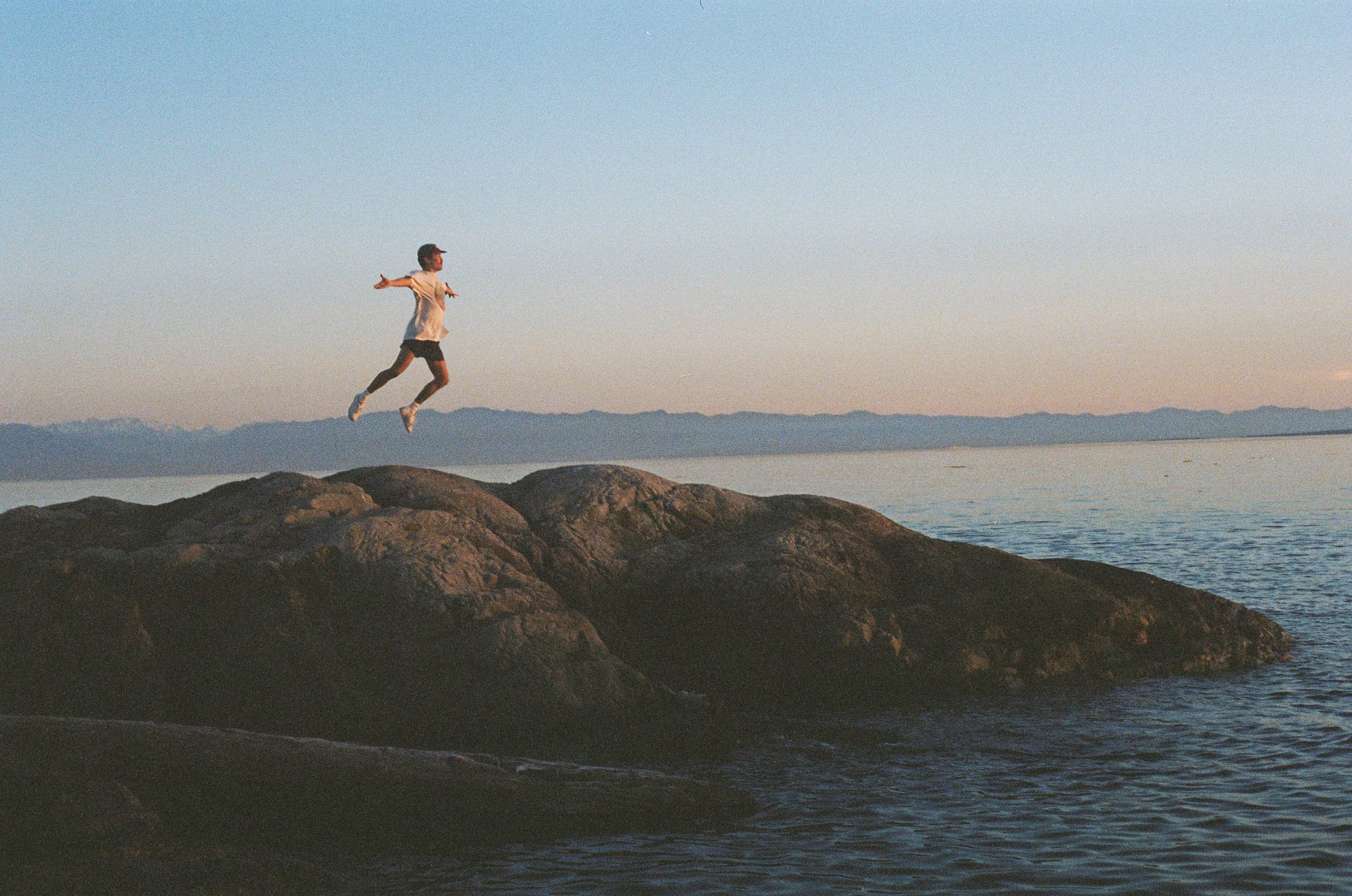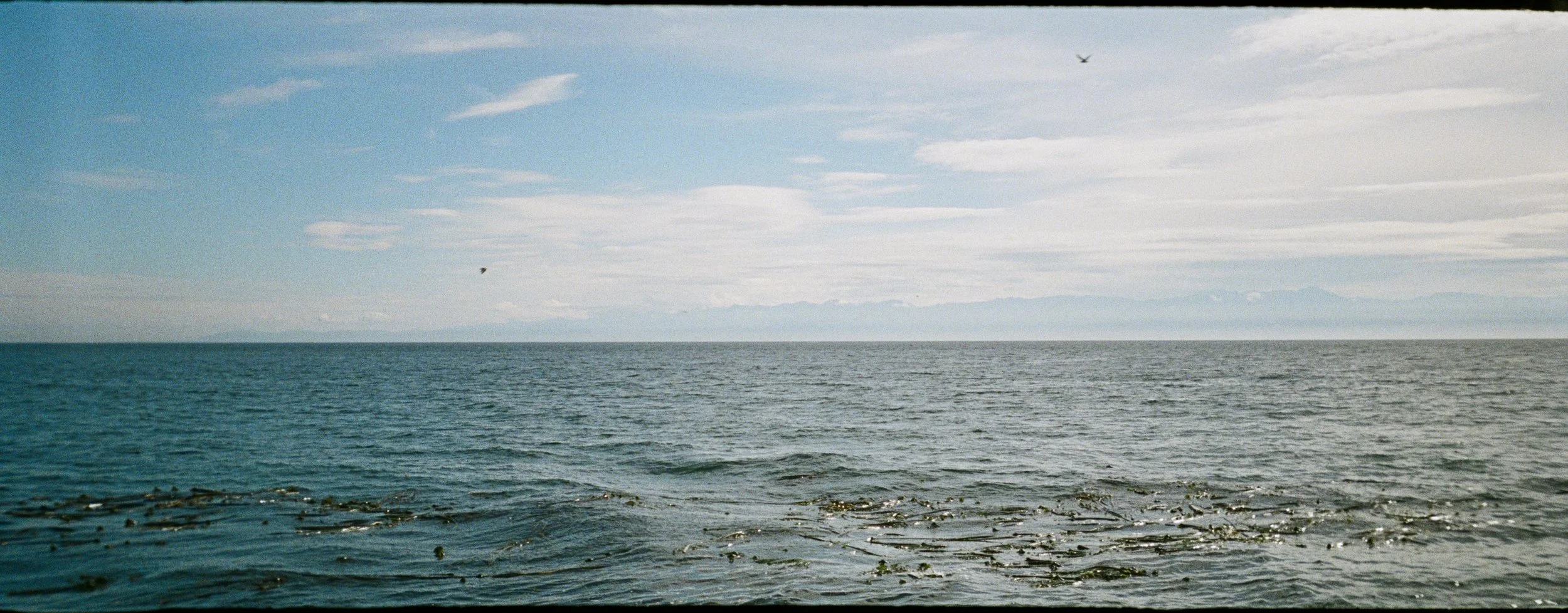
My traditional name is Gwagwadaxla
Gwagwadaxla (Rayn Cook-Thomas) he/him is an emerging Kwakwaka'wakw artist who specializes in contemporary dance choreography and formline art (First Nations visual art). Rayn was born on Vancouver Island, the homelands of his ancestors (the Kwakwaka'wakw, Nuu-chah-nulth, and Lekwungen) and he works out of Coast Salish territories. Recently, Rayn was invited to choreograph/dance at the YIRRAMBOI Festival 2025 in Australia and he has started work on illustrating a story-book with artist and Sm'álgya̱x language revitalization advocate Lisa Deptuck. While sometimes the stories of his people emerge in the forms of choreography or visual art, these legends are the living truth of the Kwakwaka’wakw nation; the culture is in Rayn’s DNA, and his fascination in the magic of his people will be his lifelong journey.


I am the manifestation of a secret night on Village Island, born into the hands of a loving Kwakwaka'wakw grandmother, and graciously wrapped in red cedar arms as I came from the spirit world to this one. I dream from this otherworldly place and create stories driven by a Kwakwaka'wakw rhythm. I am honoured that when my community witnesses my work, it does not exist as art, but rather as the fucking truth. Using the wild, effervescent, and magical Kwakwaka'wakw worldview gifted to me by my family, I delicately carve my people's ways of life into my work and walk our traditional stories into the contemporary dystopia I live in. This new setting provides challenges that are daring, but necessary. With the cultivation of a new breath, the work emerges through thick forest, with huckleberry ink smeared along its face, into a new world.


